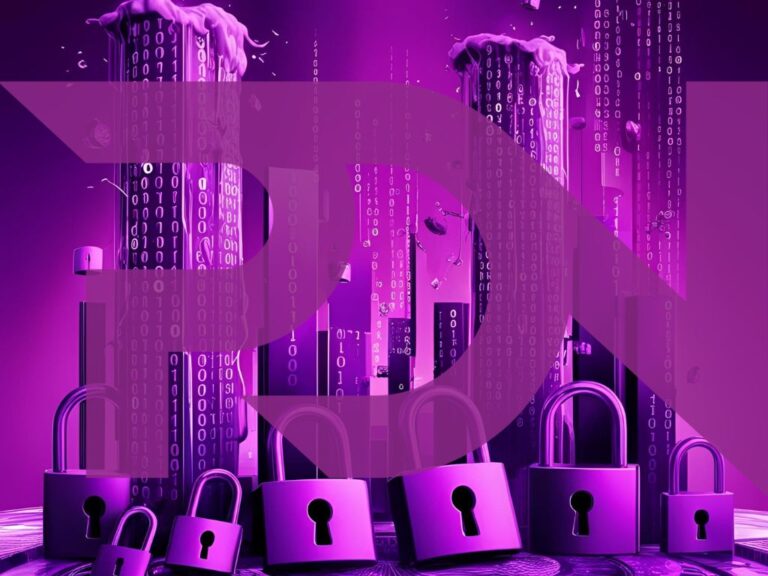In the first part of our article, we looked at some of the most significant cyberattacks of the past decade. Here, we continue the analysis with other notable incidents that continue to transform global cybersecurity.
In May 2021, the cyberattack on the Colonial Pipeline in the US marked a turning point, highlighting the critical vulnerability of energy infrastructure to cyber threats. The ransomware, perpetrated by the cybercriminal group DarkSide, forced the shutdown of the country’s largest oil pipeline, which is responsible for delivering 45% of the fuel on the US East Coast.
The attack caused fuel shortages in several states, leading to scenes of panic, long lines at gas stations, and a temporary spike in fuel prices. Colonial Pipeline was forced to pay a ransom of approximately $4.4 million in cryptocurrency to quickly restore operations, although some of this ransom was later recovered by U.S. authorities.
The attack highlighted the need to strengthen the cybersecurity of critical infrastructures and prompted the U.S. government to enact new, stricter regulations, including mandatory reporting of cyber-attacks and regular IT security audits.
In November 2017, Uber publicly disclosed a massive cyberattack that had occurred a year earlier, exposing the personal information of more than 57 million drivers and users worldwide. This attack was notable not only for its scale, but also for the attempted cover-up by Uber, which had paid the hackers a sum of $100,000 to delete the stolen data and keep the matter quiet.
The attempted cover-up resulted in a major scandal, a significant loss of confidence in the company, and significant legal consequences. Uber faced significant fines from U.S. and European regulators for violating privacy laws, as well as costly civil lawsuits.
In the wake of this incident, many companies have reviewed their internal policies for responding to cybersecurity incidents, emphasizing transparency, rapid reporting protocols, and implementing rigorous cyber crisis management procedures.
In May 2021, Ireland suffered a major cyberattack against its national healthcare system (Health Service Executive, HSE). The attack, perpetrated by the Conti ransomware, crippled hospital IT systems for several weeks, causing massive cancellations of medical appointments and elective surgeries and putting public health at risk.
Unlike Colonial Pipeline, the Irish government refused to pay the ransom, opting instead to slowly restore systems from existing backups. This bold decision resulted in high recovery costs and significant delays in patient care.
The attack exposed the vulnerability of healthcare systems to cyber threats and prompted European governments to invest heavily in healthcare cybersecurity. Since the event, many healthcare organizations have strengthened their security protocols, introduced specific training for medical staff, and improved their cyber incident response plans.

In December 2021, a critical vulnerability called Log4Shell, discovered in the Log4j Java library used in thousands of applications worldwide, triggered a global cybersecurity crisis. The vulnerability allowed hackers to take complete control of affected systems without the need for advanced technical skills.
The discovery of Log4Shell prompted an unprecedented mobilization of IT security teams around the world to quickly identify and patch vulnerable systems. Experts estimate that hundreds of thousands of servers were exposed to this vulnerability, and attacks exploiting this vulnerability continue to this day.
In response, organizations have realized the importance of constant, proactive technology monitoring. Open source vulnerability management has become a key strategic priority, leading to a significant increase in investment in automated monitoring tools and security teams dedicated to vulnerability management.
These examples illustrate that cyber-attacks can affect all sectors, sometimes with catastrophic consequences. The increasing sophistication and frequency of attacks underscores the critical importance of a proactive cybersecurity posture based on prevention, rapid detection, and effective response.
To meet these challenges, companies, governments and individuals must continually invest in human skills, innovative technologies and, above all, robust crisis management strategies. Cybersecurity should no longer be seen as an additional cost, but as an essential investment in the sustainability and resilience of any organization.

Join us in May when we’ll explain how data from pirated content is being used to fuel artificial intelligence and algorithms. In the meantime, if you have a movie, series, software, or e-book to protect, don’t hesitate to contact one of our account managers for our services; PDN has been a pioneer in cybersecurity and anti-piracy for over a decade, and we’re sure to have a solution that can help you. Enjoy reading and see you soon!
Share this article